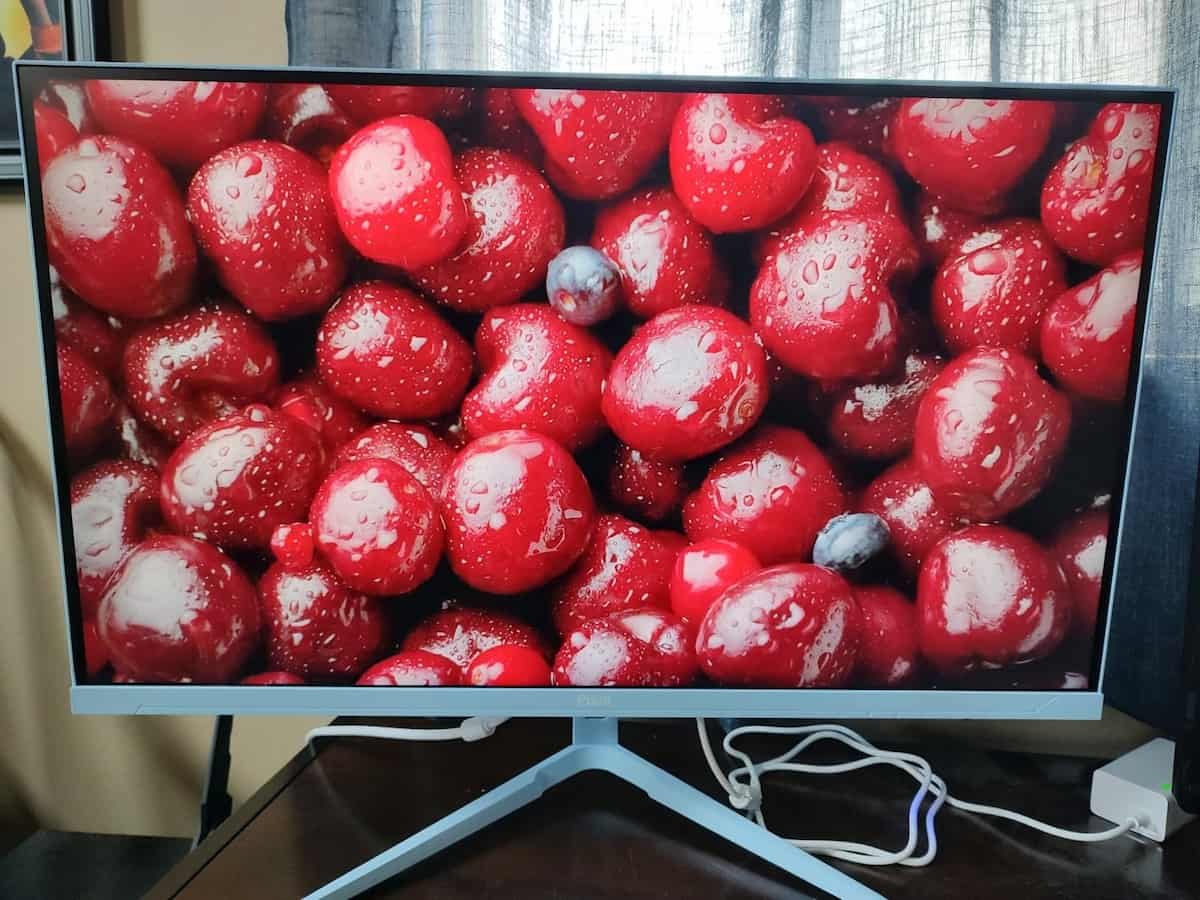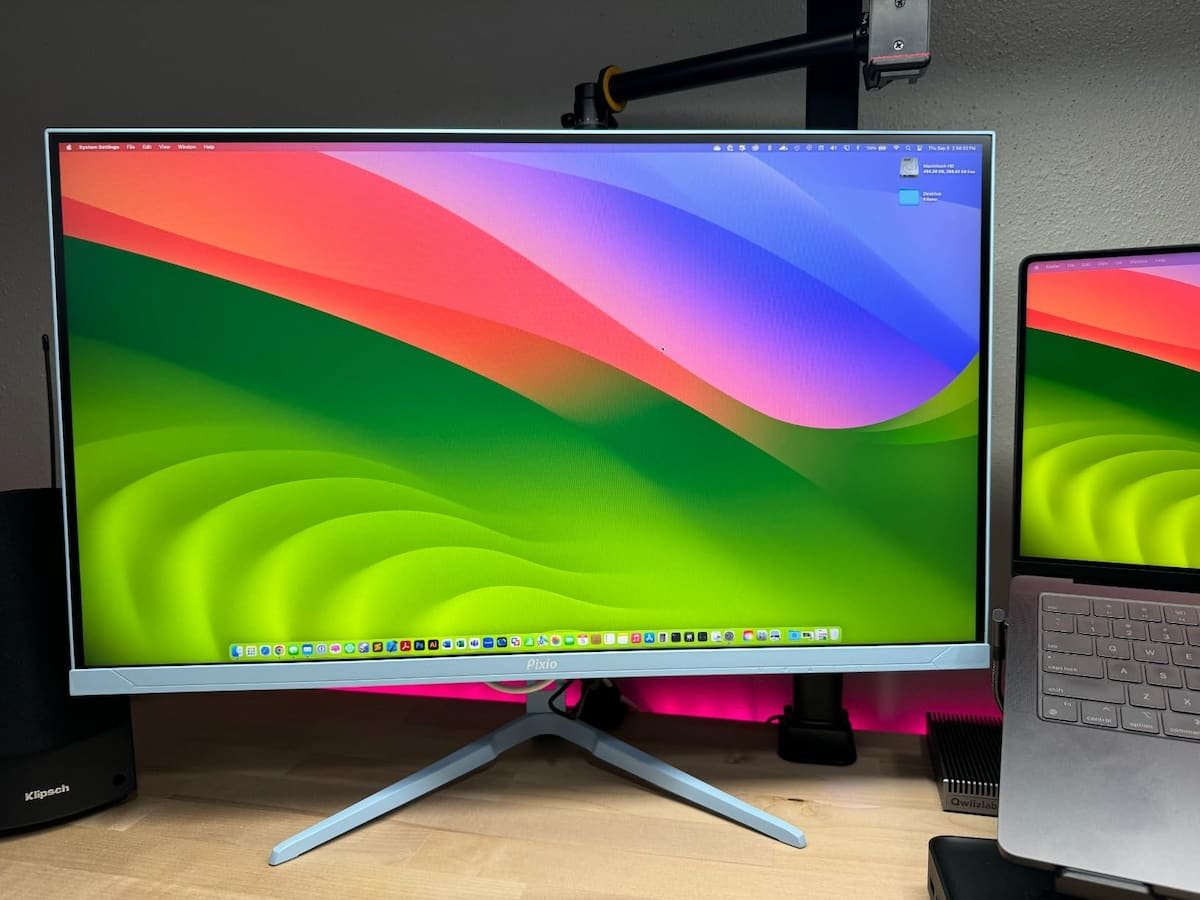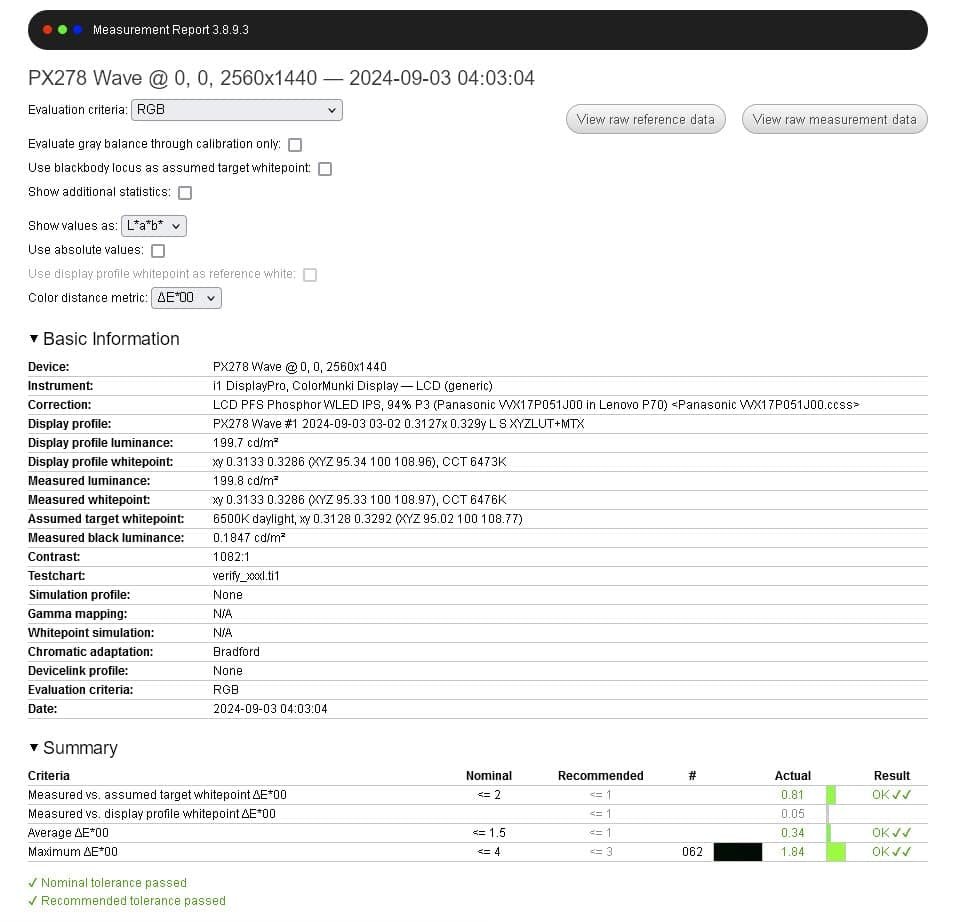If you’ve spent any time looking for a gaming monitor online, chances are you’ve come across the name Pixio. It’s not as famous as brands like LG, ASUS, or Dell, but it definitely pops up in search results, especially if you’re looking for something affordable. So, the question is — is Pixio a good monitor brand?
Let’s talk about that.
As someone who’s tested quite a few monitors over the years — for gaming, work, and general use — I know how hard it can be to decide which brand to trust, especially when you’re not spending top dollar. Pixio makes a big promise: premium-level performance at a budget-friendly price. But how well does it really hold up?
Let’s take a closer look at what Pixio actually offers, where it shines, and where it might fall short.
A Quick Look at Pixio
Pixio is a relatively young brand. It was started with a clear goal: to offer gaming monitors that deliver solid specs without inflating the price. Instead of trying to be everything to everyone, Pixio sticks to what it knows best — monitors built for gamers and performance-focused users.

They don’t spend a lot on flashy marketing or retail displays. You’ll mostly find Pixio products online, either on their official website or through Amazon. That direct-to-consumer model helps keep prices down — and that’s exactly what has made Pixio appealing to so many gamers on a budget.
Who Is Pixio Really For?
Pixio isn’t trying to be the luxury brand of monitors. It’s a practical choice for people who care more about performance and price than name recognition or ultra-fancy designs.
Here’s who will probably benefit most from choosing Pixio:
- PC gamers who want high refresh rates without overspending
- Console gamers looking for smooth, lag-free performance
- Students or remote workers setting up a dual-screen setup
- First-time builders assembling a gaming rig on a tight budget
If you’re in one of those groups, there’s a good chance Pixio has something for you.
What Pixio Gets Right
Let’s start with what Pixio does well — and why people are starting to take the brand seriously.
1. High Refresh Rates at Affordable Prices
One of the most appealing things about Pixio monitors is how many of them offer 144Hz, 165Hz, or even 240Hz refresh rates — without the high price tags you see from bigger brands. If you’re playing fast-paced shooters, racing games, or battle royales, this makes a real difference.

For example, the Pixio PX277 Prime offers 165Hz at 1440p resolution. That’s the kind of spec combo that usually costs a lot more — but with Pixio, you’re paying a much lower price for something that still performs impressively well.
2. Low Response Times
Response time is another area where Pixio holds its ground. Most of their gaming monitors advertise 1ms response time, which helps minimize motion blur and ghosting.

It’s something competitive gamers will appreciate, especially if you’re coming from a slower panel.
3. FreeSync and G-Sync Compatibility
Pixio monitors usually come with AMD FreeSync built-in, and many are also G-Sync compatible, meaning they can work with NVIDIA cards to reduce screen tearing. This kind of support is often missing in other low-cost brands, so it’s a welcome inclusion here.
4. Simple, Modern Designs
Most Pixio monitors follow a minimalist design style. No crazy RGB lighting or gamer-y designs — just slim bezels, clean finishes, and a stand that gets the job done. If you like a clean and uncluttered setup, that’s a bonus.
Where Pixio Might Fall Short
Now, no brand is perfect. And Pixio is no exception. There are a few things to be aware of before hitting “buy.”
1. Color Accuracy Isn’t Always Spot On
While the colors look good to the average user, Pixio monitors aren’t factory-calibrated for color professionals. That means they’re probably not the best pick for graphic designers, video editors, or photographers who need pinpoint accuracy.

2. Build Quality Can Be Basic
In order to keep prices low, Pixio tends to use more plastic and simpler materials. The stands are usually functional, but don’t expect height adjustment or premium-feeling construction unless you’re paying more for one of their higher-end models.
3. Limited Availability in Stores
Since Pixio sells mostly online, it’s not easy to see their monitors in person before buying. For some people, that’s fine — but others may prefer to test a product in-store before committing.
Standout Pixio Monitor Models
Let’s go over a few of the most popular models from Pixio and who they’re best for:
Pixio PX277 Prime
- 27-inch, 2560×1440 (2K) resolution
- 165Hz refresh rate
- IPS panel
- Great all-around performance for both gaming and work
This model is often recommended as one of the best-value 1440p monitors on the market. It’s ideal if you want great visuals and smooth motion without a big investment.
Pixio PX259 Prime White
- 24.5-inch, 1920×1080 (FHD)
- 280Hz refresh rate
- 1ms response time
- Unique white design
Perfect for fast-paced FPS players looking for ultra-high refresh rates — and a monitor that looks different from the usual black. See also our review for Pixio PX259 Prime White Monitor.
Pixio PX7 Prime
- 27-inch 4K resolution
- IPS panel
- 60Hz refresh rate
- Best for casual 4K use, productivity, and movies
If you want a monitor for mixed use — like casual gaming, watching Netflix, and working — this one strikes a nice balance.
Pixio PXC273
- Curved 27-inch VA panel
- 1080p resolution
- 165Hz refresh rate
- Affordable and immersive
Great for people who like curved displays for added immersion in games and movies.
How Pixio Performs in Real Use
As someone who’s used Pixio monitors for everything from competitive gaming to editing blog posts like this one, I can say the experience is honestly pretty impressive for the price.
In games, they’re responsive, fast, and smooth. You can turn on FreeSync, bump the refresh rate to 165Hz, and just enjoy the ride. Are they the absolute best in every technical category? No. But they perform better than their price tag suggests.
In day-to-day work, especially on models with IPS panels, text looks sharp, colors are vibrant, and the extra screen real estate on the 1440p models makes multitasking much easier.
Comparing Pixio to Other Brands
| Feature | Pixio | ASUS | LG |
|---|---|---|---|
| Price Range | Budget-friendly | Mid-to-high-end | Mid-to-high-end |
| Refresh Rate Options | Up to 280Hz | Up to 360Hz | Up to 240Hz |
| Color Accuracy | Decent | High (Pro models) | High (Nano IPS) |
| Panel Type Options | IPS, VA | IPS, VA, OLED | IPS, Nano IPS |
| Design Style | Minimalist | Gamer-focused | Modern/Versatile |
| VESA Compatibility | Yes | Yes | Yes |
If you’re looking for top-tier HDR, OLED, or color grading monitors — ASUS or LG will likely serve you better. But if you want solid gaming specs at a lower price, Pixio is a clear winner in the value department.
Final Thoughts: Is Pixio a Good Monitor Brand?
At the end of the day, yes — Pixio is a good monitor brand, especially for gamers and everyday users who want a high refresh rate, fast response time, and decent picture quality without spending a fortune.

It’s not perfect, and it’s not trying to be the “Apple of monitors.” But for what you pay, you’re getting a monitor that competes with much more expensive models on the features that matter most.
So, if you’re building your first gaming setup, upgrading an older display, or just want a smooth, responsive screen that doesn’t empty your wallet — Pixio is definitely worth considering.